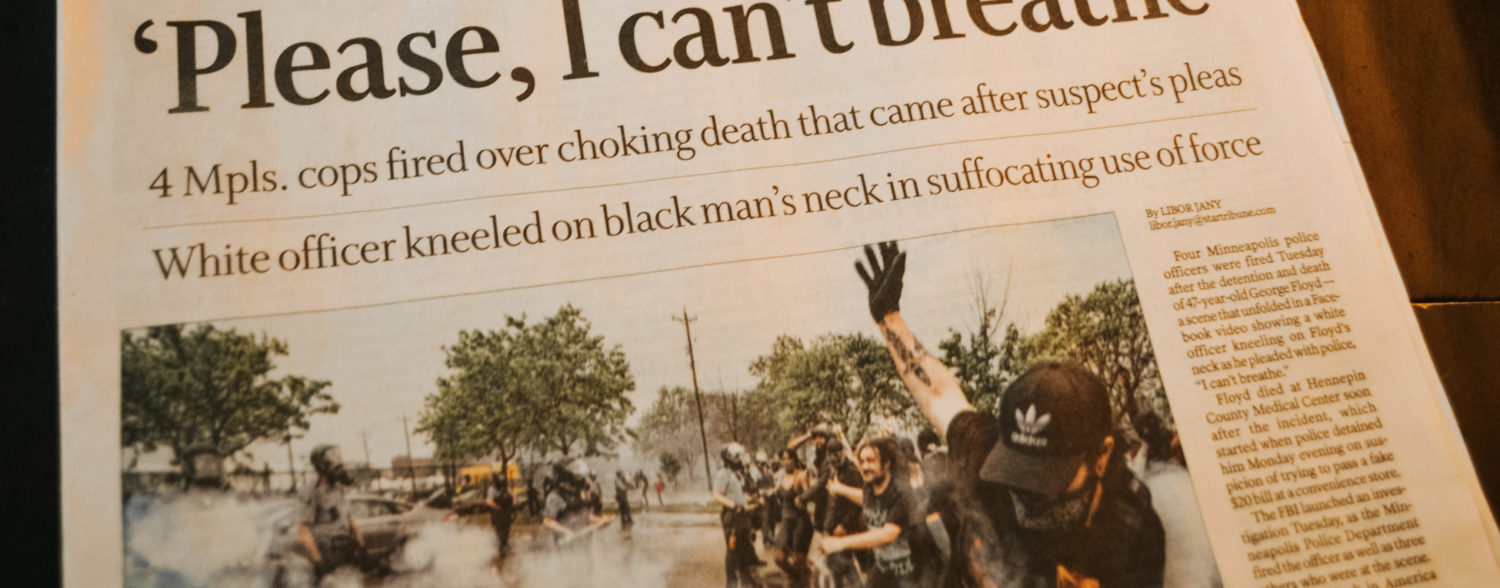This September, Mayor Ted Wheeler of Portland, Oregon banned the use of tear gas as a crowd control tactic after protests against police brutality during the summer. The city of Portland was one of the cities at the center of the media for protests and federal and local action.
This past summer, police brutality and the way that law enforcement as a system works has been under scrutiny. Tear gas has always been an extremely harmful toxin, and the conversation of alternatives sparked with the conversation over peaceful protests from the summer.
Why Tear Gas as a Law Enforcement Tactic is a Problem
Chemical weapons have been banned in warfare since the Geneva Protocol of 1925, which was created in response to the end of World War One. When the United States ratified the protocol in 1975, they reserved the riot to use riot agents (tear gas, for example) on prisoners of war and in other special cases. This special exception clause in the ratification is also present the United Nations’ finalized ban in 1993 on chemical weapons and riot agents in warfare. This ban has an exception for domestic control purposes, which raises the question: Why is there an exception for riot agents in domestic situations, even though use of these agents is banned in warfare? Yuna’s article goes into further detail on law enforcement and human rights violations.
One serious problem with tear gas is that it can contaminate the air, water and food, in addition to the serious respiratory effects such as lung damage. Lung damage is a serious side effect because in the long-term, people can become more susceptible to diseases such as COVID-19, pneumonia, and others. Health professionals know that tear gas exposure can cause miscarriages as well. Additionally, there are few studies on the effect that tear gas has on both the environment and people. Most of the studies completed have been through the U.S. Military testing tear gas on recruits. This raises another problem, because the general public is not at the same physical fitness level or health of soldiers.
Alternatives to Tear Gas Usage
An important aspect in shifting from riot agents to other ways to control a crowd is that both of these methods, riot agents and alternatives, should focus solely on violent crowds, not peaceful protests. Crowd control should be implemented when a protest begins to turn violent and even so, riot agents should not be the first plan to dispel a crowd.
One method that worked for dispelling a protest in St. Louis in 2011, is that protestors were given a notice several hours before they would have to vacate the area. The police gave people continuous notices throughout the day. When the time came for people to leave the area, the police had their usual holstered weapons and did not show up in riot gear or SWAT gear. The police were polite about asking people to leave and when people continued to peacefully protest on the sidewalk, the police stood shoulder to shoulder silently and most importantly, nonviolently. While some people were still arrested, this nonviolent tactic from nine years ago would have been an appropriate solution to peaceful protests during this past summer and in the future.
Another method for dispelling a peaceful, or relatively peaceful, protest is that of former Madison, Wisconsin, chief of police David Couper. His method, the Madison Model, is a strategy to send police officers to talk with the protestors. He emphasizes the importance of asking why they are protesting, listening to concerns, and empathizing with demonstrators. This method is an example of a nonviolent plan to connect with protestors through transparent communication. Transparent communication helps to increase trust between demonstrators and the police and can sometimes help diffuse tense moments. Amnesty International also promotes clear and respectful communication to de-escalate situations during demonstrations.
Progress Towards Alternative Crowd Control Tactics
While not all demonstrations are peaceful and may require more forceful tactics, tear gas should not be included in crowd control until more studies are done on the health effects on citizens and the environment. Tear gas has proved to be more dangerous for civilians than it was previously believed; the fact that it is banned in warfare but not in domestic situations is extremely concerning.
Nonviolent and respectful tactics should be the first step in policing demonstrations, especially nonviolent ones. Building trust between the community and a police department that values communication and nonviolent tactics is an important way to shift the way that crowd control works. The Madison Model and St. Louis’ response to protests in 2011 are two ways that can be adapted into policing across the nation to foster respect and trust.
- Four Ventilators: What COVID-19 in South Sudan Reveals About Healthcare in the Developing World - December 22, 2020
- Shifting Crowd Control Tactics in Modern Policing - December 1, 2020
- How a Loaf of Bread Led To My Understanding of the Prison System - November 12, 2020
